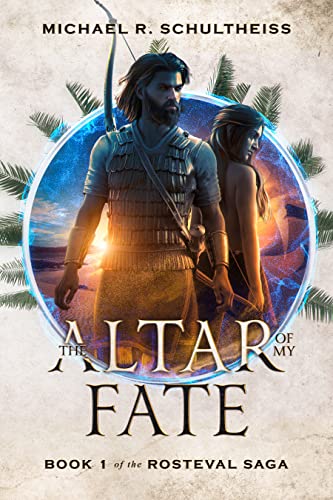ASIN: B01M66SIA8
Publisher: Lume Books
Pages: 321
The use of poison gas — chlorine, phosgene, mustard — during World War I forever changed the face of modern warfare. Yet poison gas, and its far deadlier successors, nerve agents like sarin and soman, remained oddly absent from the world stage during World War II. The possibility that poison or nerve gas could be used spurred the development of more and deadlier toxins as insurance against other countries taking the same action — the production of which poisons continued unabated even after the war ended, providing the threat beneath the uneasy stalemate of the Cold War. The United States was left with stockpiles of earlier iterations of gases held in arsenals around the world and nothing to use them for, especially with such weapons banned by international law. But while the world on the surface seemed content to keep their deadly super-poisons locked away, whispers from around the ...
You seem to be using an adblocker so we are unable to offer you a choice of how to handle cookies that we use on this site. Please disable the adblocker or add an exclusion for this site if you wish to customise cookies.









